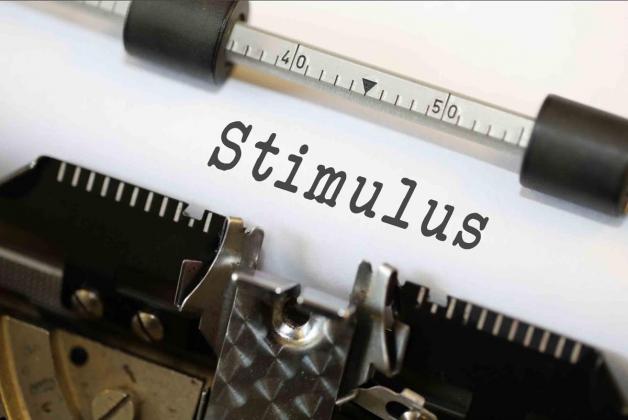By Shalene White
In a narrow vote on March 10, 2021, the House passed a $1.9 trillion coronavirus-aid bill. This relief bill marks President Joe Biden’s first major legislative achievement since taking over as president in January.
The bill, which Biden signed into law on Thursday, March 11, offers $1,400 to eligible Americans, an extension of the $300 weekly unemployment supplement, and a one-year expansion of the child tax credit. It is also structured to disperse money to vaccine distribution and efforts, schools and state and local governments, and makes a change to the Affordable Care Act – notably, the largest alteration since its inception in 2010.
What makes this bill different from the previous two rounds of aid was the vote of 220 to211. It was mostly along party lines. Every single Republican and one Democrat – Rep. Jared Golden of Maine – voted against it.
In a press release after the vote, Biden explained why he thought the relief bill so important.
“This legislation is about giving the backbone of this nation—the essential workers, the working people who built this country, the people who keep this country going—a fighting chance,” Biden said.
Some Republicans explained why they voted against the bill.
“So, let’s be clear,” House Minority Leader Kevin McCarthy, Rep. Calif. said. “This isn’t a rescue bill, it isn’t a relief bill, it’s a laundry list of left-wing priorities that predate the pandemic and do not meet the needs of American families.”
Stimulus payments
The first questions on everybody’s minds are how much is the relief payment and when will it be released? The third round of economic impact payments to individuals is $1,400. This will go to individuals making less than $75,000 annually, and the payments decrease as the annual salary increases. The same goes for families earning $150,000 annually.
The difference with this round of payments is every person in the household making below the threshold amount will receive $1,400. To give an example, a couple with two dependent children could receive $5,600.
Officials say that payments are expected to go out within days of Biden adding his signature to the bill, some even note that Americans could see the payment as soon as the weekend.
Unemployment boost
Americans still affected by the COVID shut down will not have to worry about their added benefits ending in March. The bill extends the extra $300 addition to unemployment through September 6, 2021. Initially, legislators were pushing for an extra $400, but only through August 29. It will also make the first $10,200 worth of benefits tax-free for households with annual incomes less than $150,000.
State and Local Governments
The newly approved legislation will issue $350 billion to states, local governments, tribes and territories. States and the District of Columbia will receive $195.3 billion and counties and cities will split approximately $130 billion. Tribes are slotted to receive $20 billion with territories receiving $4.5 billion. A $10 billion Coronavirus Capital Projects Fund will also be included in the bill.
Education and Childcare
Public K-12 schools will receive $125 billion to help students safely return to the classroom. Some of the purchases allowed with the money are updates to ventilation systems, reduction of class sizes to implement social distancing, personal protective equipment and hiring mores support staff.
Private schools will not be left out, they will receive $2.75 billion. One of the requirements is the schools must use 20% of the allotment to address learning loss by providing extended days, or summer school.
Colleges will get a chunk of the aid. At least half of the nearly $40 billion must be spent on emergency financial aid grants to students. The remainder can be used to help ease the lost revenue from declining enrollment and increased costs.
The bill even includes childcare providers, by allotting nearly $39 billion. The amount that a childcare provider will receive is based on operating expenses. It may be used to pay employees and rent; help struggling families or purchase personal protective equipment.
Health Insurance
The package will make changes to the Affordable Care Act. Typically, enrollees pay 10% of their income for coverage. This bill lowers it to 8.5% and will do so for two years.
People earning more than the current cap of 400% of the listed federal poverty level, approximately $51,000 per individual and $104,800 per family in 2021, could become eligible for assistance.
Subsidies for lower-income enrollees will eliminate premiums for two years, along with those collect unemployment benefits.

